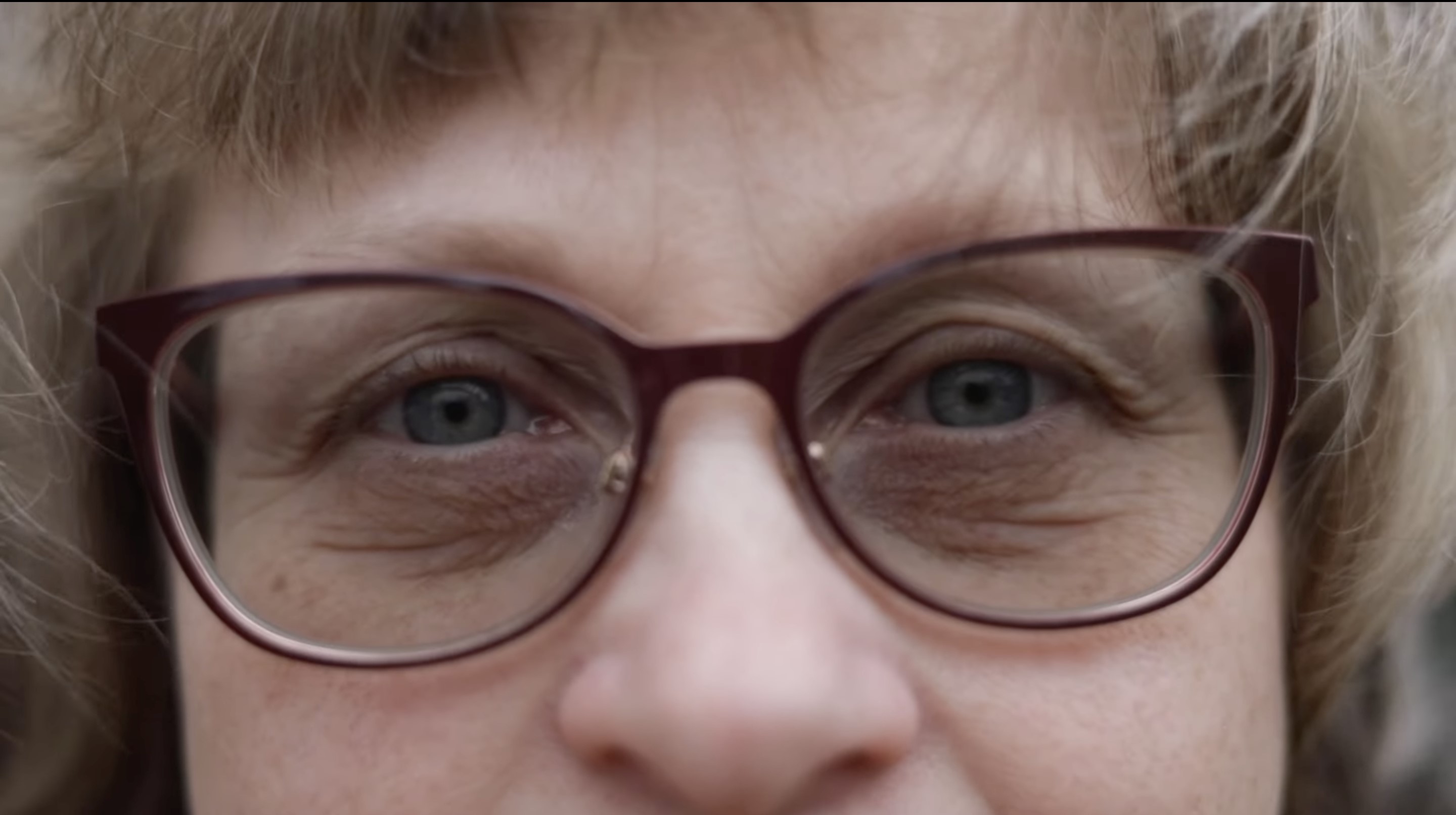We aim to change the social paradigm of conflict management in the criminal justice system. Instead of focusing primarily on the crime, we are interested in emphasising causes, consequences, and accountability. Our goal is to make restorative justice accessible to everyone at every stage of the criminal justice process, regardless of the severity of the crime.
Docuseries Eye to eye
Vlastník projektu: Institut pro restorativní justici/ Institute for restorative justice
Zodpovedná osoba: Dagmar Marie Stuchlíková Machová

2024
Nominovaní
CS
Občianska spoločnosť / Sociálny podnik
Vzdelávanie
Právo, Spravodlivosť

By using powerful stories and linking them to restorative justice approaches, we aim to reach out and raise awareness among the public and the criminal justice professional community.
The actors are direct participants in criminal cases. We also work with people with personal experience with the current criminal justice system and its challenges.
Videos for professionals provide an educational tool. They promote a paradigm shift in criminal proceedings and build on successful cooperation with key institutions. The videos provide education and empowerment for the public, demystifying the legal process and promoting understanding of restorative justice.
Producing documentary videos is an element of our project that is transferable to other settings or regions. The principles and education on restorative justice are universal and may be relevant in other countries. Videos that present real stories and highlight the benefits of this approach can be successfully applied in different cultural and legal contexts where there is a need for change and an understanding of restorative justice principles.

